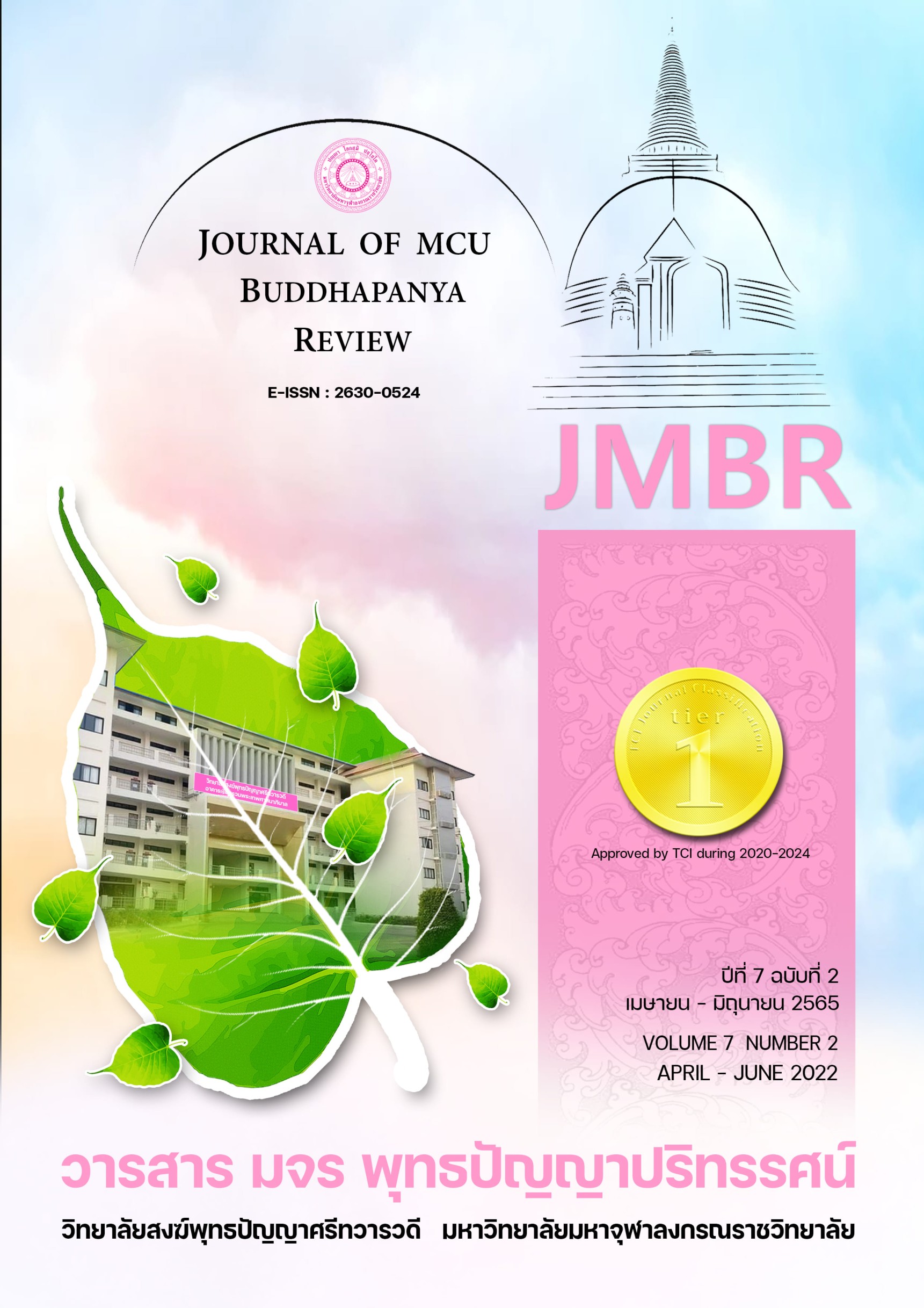กระบวนการนโยบายในการแก้ปัญหาขาดแคลนแรงงานในอุตสาหกรรมรองเท้า
คำสำคัญ:
กระบวนการนโยบาย; การขาดแคลนแรงงาน; อุตสาหกรรมรองเท้า; กรุงเทพฯบทคัดย่อ
บทความวิจัยนี้มีวัตถุประสงค์ 1) เพื่อสำรวจกระบวนการนโยบายสาธารณะในการแก้ไขปัญหาการขาดแคลนแรงงานในอุตสาหกรรมรองเท้า พื้นที่กรุงเทพมหานคร 2) เพื่อนำเสนอแนวทางดำเนินการกระบวนการนโยบายสาธารณะเพื่อแก้ไขปัญหาการขาดแคลนแรงงานในอุตสาหกรรมรองเท้าให้เกิดประสิทธิผลและมีประโยชน์ต่อการพัฒนาอุตสาหกรรมรองเท้าของประเทศไทย การวิจัยนี้ใช้รูปแบบการวิจัยเชิงคุณภาพ โดยศึกษาเอกสาร การสัมภาษณ์เชิงลึกกับผู้ให้ข้อมูลสำคัญ จำนวน 25 คน และการประชุมกลุ่มย่อยของนักวิชาการ จำนวน 7 คน โดยใช้วิธีการวิเคราะห์เชิงเนื้อหา
ผลการวิจัยพบว่า 1)กระบวนการนโยบายที่รัฐบาลเป็นผู้กำหนดและนำไปปฏิบัติ ควรให้ ภาคอุตสาหกรรม ที่ประกอบด้วย เจ้าของกิจการ ผู้ใช้แรงงาน เข้าไปมีส่วนร่วม ในทุกขั้นตอน และในส่วนของการประเมินผลนโยบายควรให้ ทุกภาคส่วนและภาคประชาชนที่เป็นผู้บริโภคได้ร่วมประเมินผลด้วย 2) กระบวนการนโยบายในการแก้ปัญหาการขาดแคลนแรงงาน รัฐจะต้องปรับเปลี่ยนระบบการจัดการศึกษาให้สอดคล้องกับ ความต้องการของภาคอุตสาหกรรมและเทคโนโลยีสมัยใหม่ ปรับเปลี่ยนกระบวนการนโยบายจัดหาแรงงาน นโยบายพัฒนาฝีมือแรงงาน ด้วยการใช้ความร่วมมือระหว่างภาครัฐกับเอกชนและนโยบายด้านสวัสดิการแรงงานและการประกันสังคมให้มีประสิทธิผลในระดับสูง
เอกสารอ้างอิง
Amornvivat, S. (2019). ThaiLand’s Labor Shortages underlines deeper problems. Focus Group. November, 4.
Chanthanaporncha, K. (2018). An interview with the economic newspaper Elevate Thai shoes. Focus Group. November, 4.
Chanin, C. (2014). Shoe sales in the domestic market. Focus Group. April, 20.
Eyestone, Robert. (1971). The Threads of Public Policy: A Study of Policy Leadership. Indianapolis: Bobbs - Merrill.
Euajirapongphan, S., Athiratanachai, M., and Kamphan, P. (2012). Labor demands of frozen seafood entrepreneurs in Songkhla wms journal of Management Walailuk University
Focus Group. March, 23.
Euamalee, A. (2017). Qualitative labor demand analysis of industrial establishments. in Chonburi Province when the ASEAN Economic Community was liberalized, Journal of Economics and Management Strategies. Focus Group. January, 29.
Myeong, S. (2018). A sudy on Determinant Factors in Smart City Develpopment: An Analytics Hierarchy Process Analysis. Focus Group. July, 4.
National Statistical Office. (2020). European Center for Development of Vocational Training (2020, executive summary) Skill Shortages and gaps in European enterprises striking a balance between vocational Education and Training and The Labor Market. Focus Group. July, 4.
Plangsrisakul, P., and Wangmahaphon, P. (2018). The implementation of labor policy Journal of Administrative Administration, Focus Group. January, 21.
Ruankaew, R. (2020). 83.5 per cent of the workforce in Thailand is unskilled. Focus Group. February, 3.
Thomas R. Dye. (1984). Understanding Public Policy. New Jersey: Prentice Hall.
Thomas, C. (2011). Performance Analysis and Improvement of Ethiopian Leather Footwear Factories. Focus Group. July, 10.
Stimanon, T. (2017). Problems and solutions to labor quality problems are inconsistent with the needs of Thai industrial sector NIDA case Research Journal. Focus Group. September, 20.
Srisuksai, W. (2018). Labor Welfare Development to Support the 20-Year National Strategy (2018-2028) Research Papers, National Defense College National Defense Academy Bangkok. Focus Group. June, 29.
Sukarna, C. (2019). LACK OF SKILLED WORKFORCE CAN HAMPER IN THE DEVELOPMENT OF EEC AND THAILAND 4.0. Focus Group. September, 1.
Weerasombat, T. (2018). A synthesis of research on the quantity and quality of Thai labor in the Thai manufacturing industry. Focus Group. March, 13.
Wongpiromsan, Y., and Jitradub, S. (2021). Thailand faces greatest shortages of skilled labor. Focus Group. July, 30.
ดาวน์โหลด
เผยแพร่แล้ว
รูปแบบการอ้างอิง
ฉบับ
ประเภทบทความ
สัญญาอนุญาต
ลิขสิทธิ์ (c) 2022 วารสาร มจร พุทธปัญญาปริทรรศน์

อนุญาตภายใต้เงื่อนไข Creative Commons Attribution-NonCommercial-NoDerivatives 4.0 International License.



